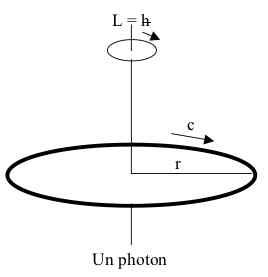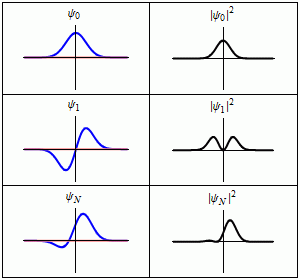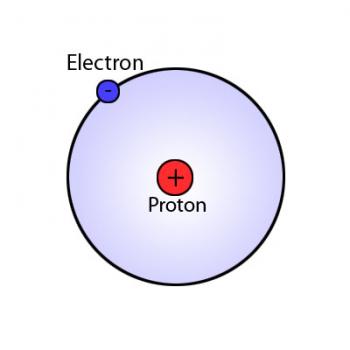The photoelectric effect is observed when electrons are given off from solids, liquids or gases and absorb energy from light. Electrons emitted from these substances are referred to as photoelectrons.
The study of the photoelectric effect has led to discoveries in the quantum behavior of light and electrons. It has influenced the concepts in wave-particle duality. It also aidegd Max Planck’s discovery of the Planck Relation which linked energy and frequency as arising from quantization of energy.
The maximum kinetic energy of an ejected electron is given by
K_max=hf- φ
Where h is Planck constant and f is the frequency of the incident photon. The term ϕ = hf0 is the work function which gives the minimum energy required to remove a delocalised electron from the surface of the metal.
If m is the mass and vmax is the maximum velocity of photoelectron emitted, then
K_max= 1/2 mv_max^2
If qe is the charge on the electron and V0 is the stopping potential, then the work done by the retarding potential in stopping the electron = eV0, therefore
1/2 mv_max^2=q_e V_0
This relation shows the maximum velocity of the emitted photoelectron is independent of the intensity of the incident light, therefore:
K_max= q_e V_0
© BrainMass Inc. brainmass.com June 30, 2024, 9:23 am ad1c9bdddf



